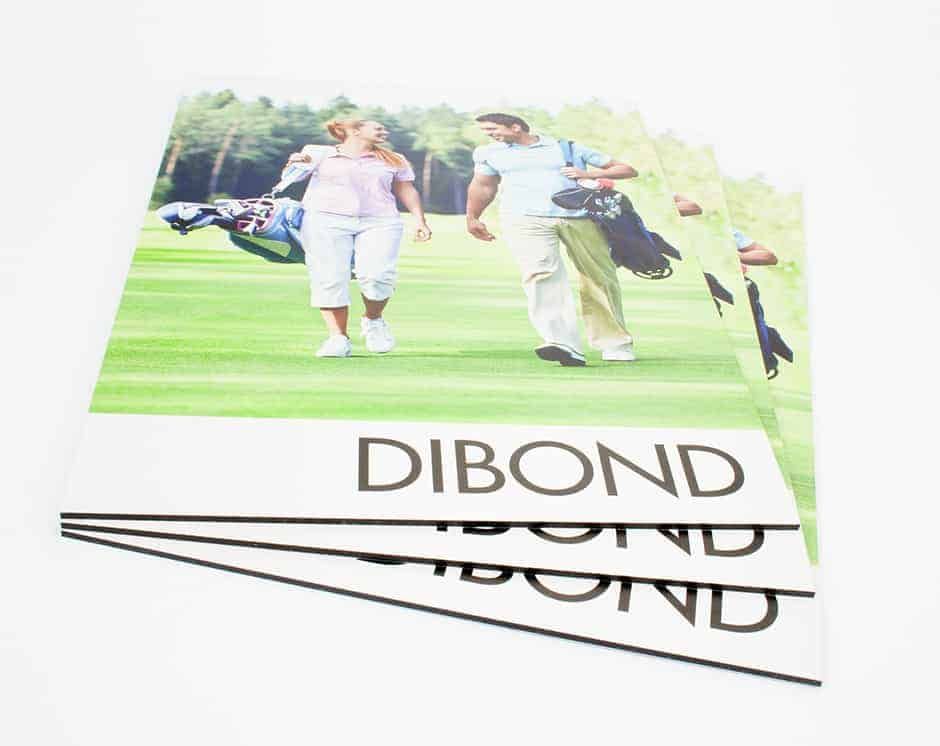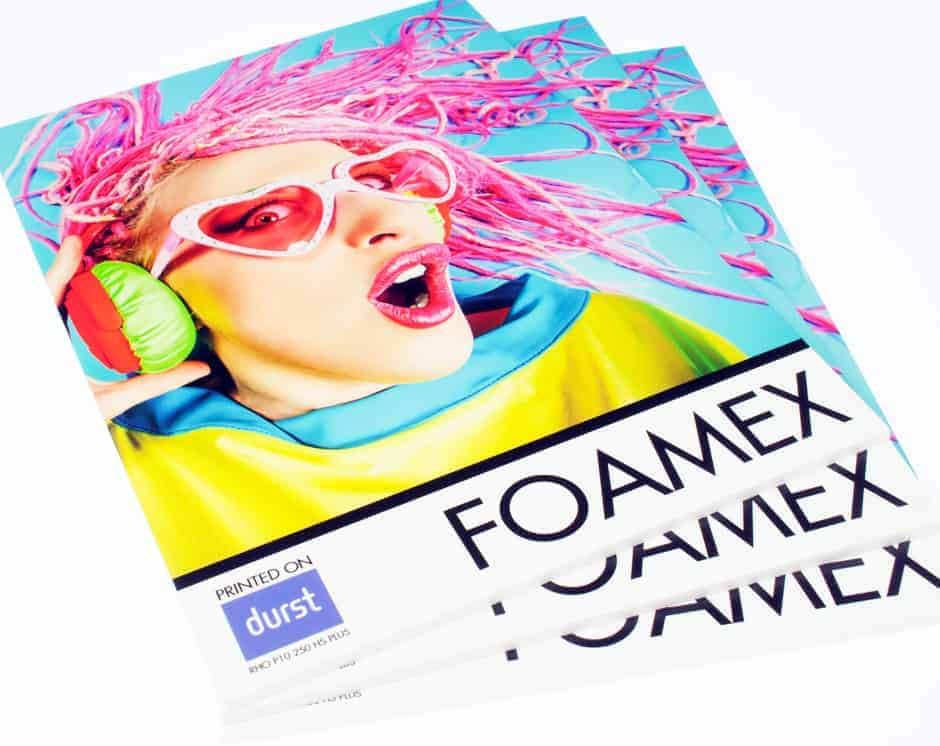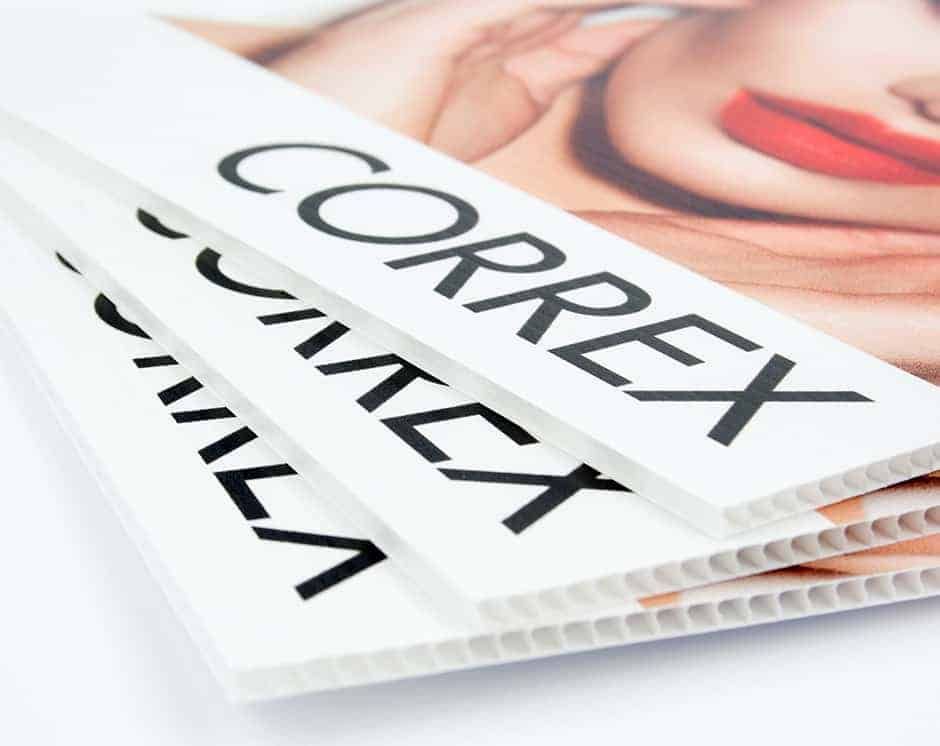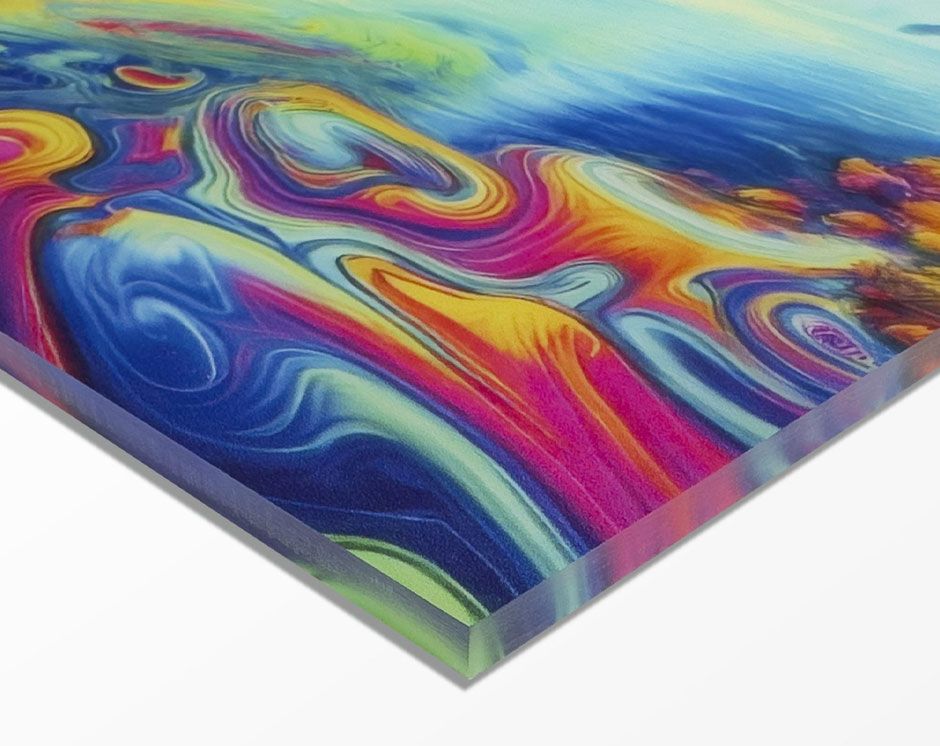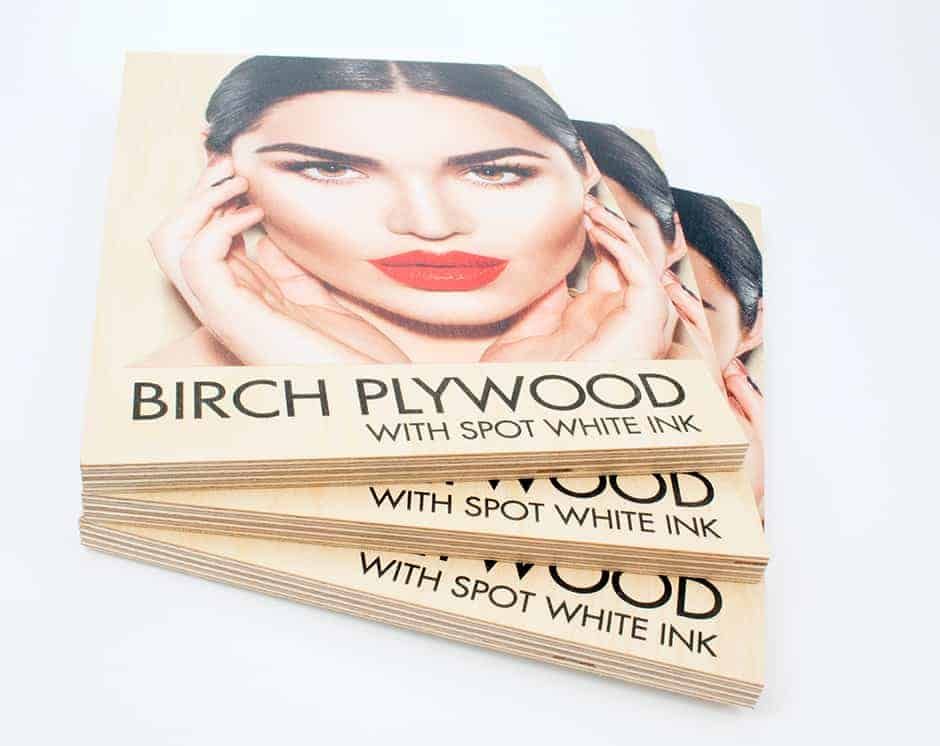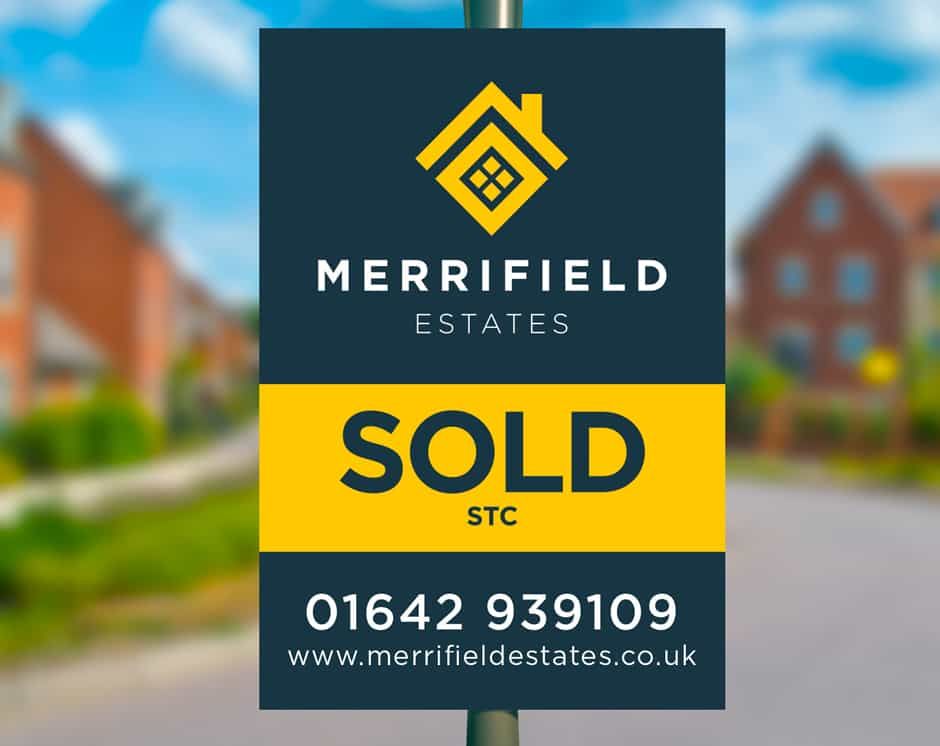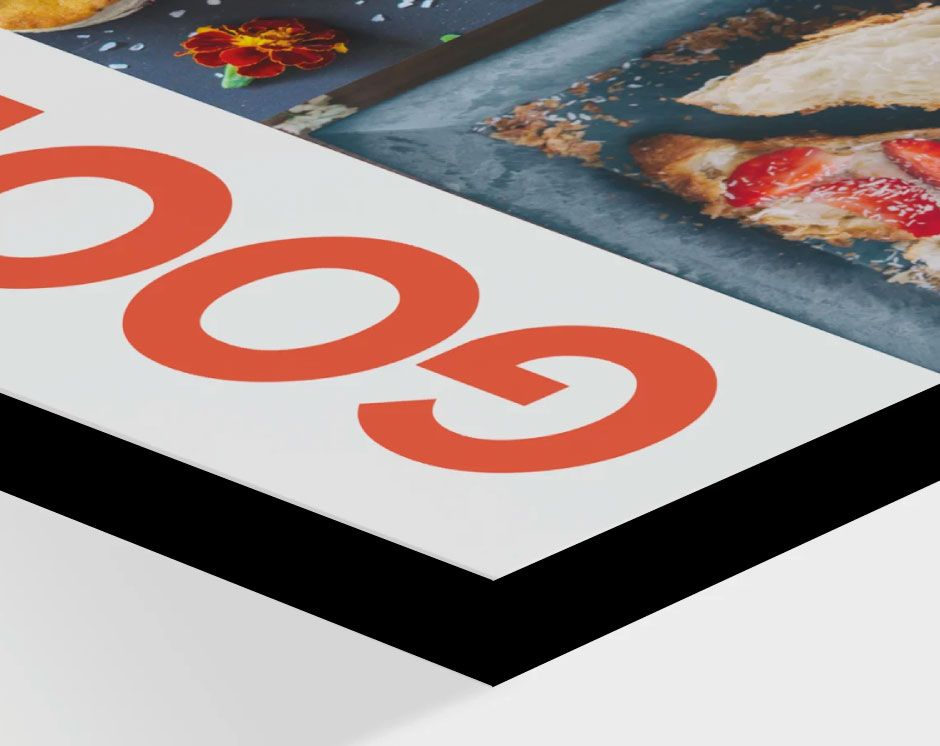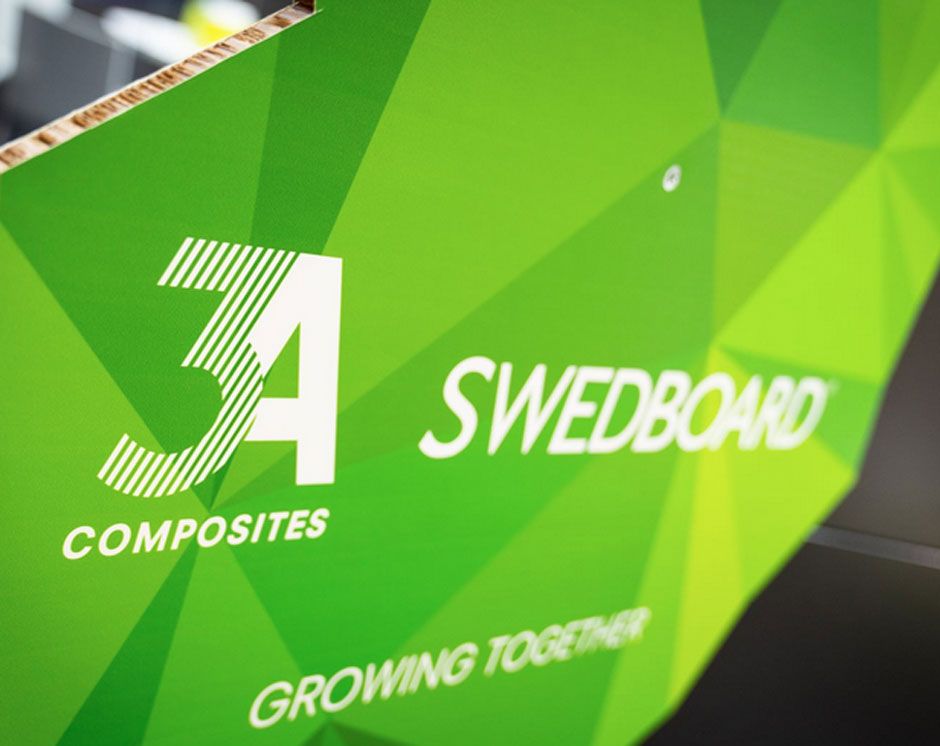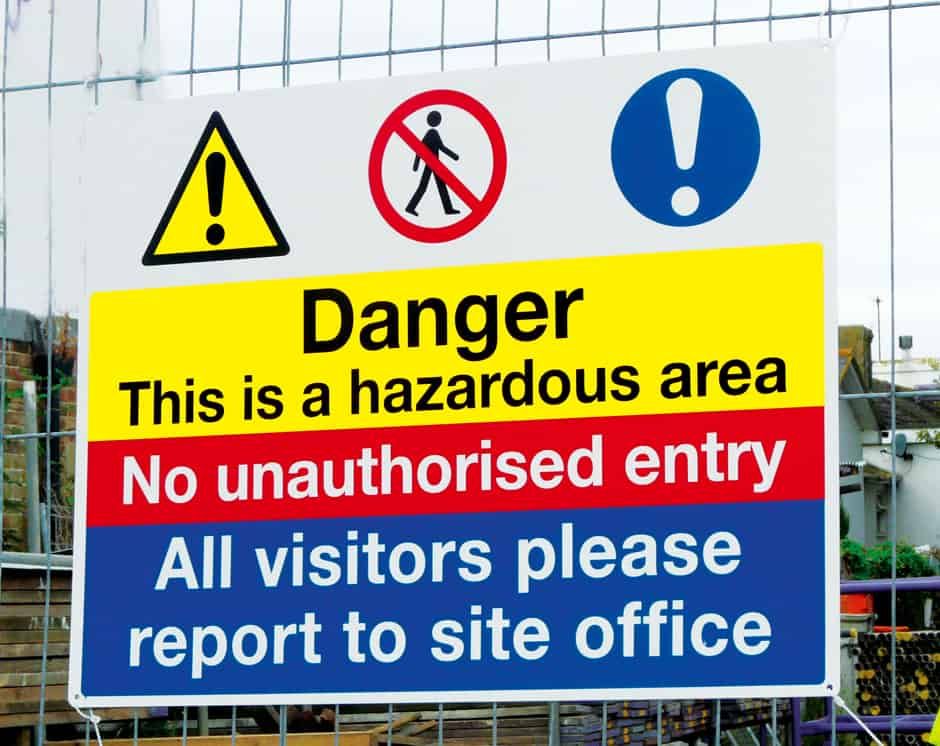Xmas Dates: Closed 23th December 2025 - Open 5th January 2026
Rigid Signage
Products
Product filters
Rigid Signage
Rigid sign materials are solid substrates used in the production of signs, displays, and other visual communication products. Unlike flexible materials like banners or fabric, rigid sign materials maintain their shape and structure without bending or folding easily. They are widely used for indoor and outdoor signage, point-of-purchase displays, trade show exhibits, architectural signage, and more.
Here are some common types of rigid sign materials:
PVC (Polyvinyl Chloride): PVC is a versatile plastic material known for its durability, weather resistance, and affordability. It comes in various thicknesses and can be easily cut, routed, and shaped. PVC boards are often used for indoor and outdoor signage, menu boards, and trade show displays.
Corrugated Plastic: Also known as Coroplast, corrugated plastic is a lightweight and cost-effective option. It consists of two flat plastic sheets with a fluted, corrugated layer in between. Corrugated plastic is commonly used for temporary signage, real estate signs, yard signs, and event promotions.
Acrylic (Plexiglass): Acrylic is a transparent plastic material that offers excellent optical clarity and is resistant to UV radiation. It is often used for high-end indoor signage, illuminated displays, and architectural applications. Acrylic can be cut, engraved, and thermoformed to achieve various effects.
Foam Board: Foam board, also known as foam core, consists of a lightweight foam center sandwiched between paper or plastic facing sheets. It is easy to cut, making it suitable for presentations, posters, and indoor signage. However, foam board is less durable for outdoor use.
Aluminum Composite Material (ACM): ACM is a composite material consisting of a thin aluminum sheet bonded to a polyethylene core. It provides a sleek and modern look and is often used for exterior building signage, architectural elements, and corporate branding.
Wood: Plywood, MDF (Medium-Density Fiberboard), and other types of wood can be used as rigid sign materials. They can be painted, stained, or engraved to achieve specific visual effects. Wood is commonly used for decorative signage, wayfinding signs, and rustic-themed displays.
Dibond: Dibond is a brand name for an aluminum composite material (ACM) that consists of a polyethylene core sandwiched between two thin aluminum sheets. It offers a lightweight yet rigid option suitable for long-term outdoor signage and displays.
Expanded PVC (Sintra or Komatex): Expanded PVC is a lightweight, closed-cell plastic material that is resistant to moisture and chemicals. It is often used for trade show displays, exhibit booths, and retail displays.
When selecting a rigid sign material, factors to consider include the intended use (indoor or outdoor), durability requirements, budget, aesthetic preferences, and installation methods. Each material has its own strengths and limitations, so it's important to choose the one that best suits the specific application and environment.
